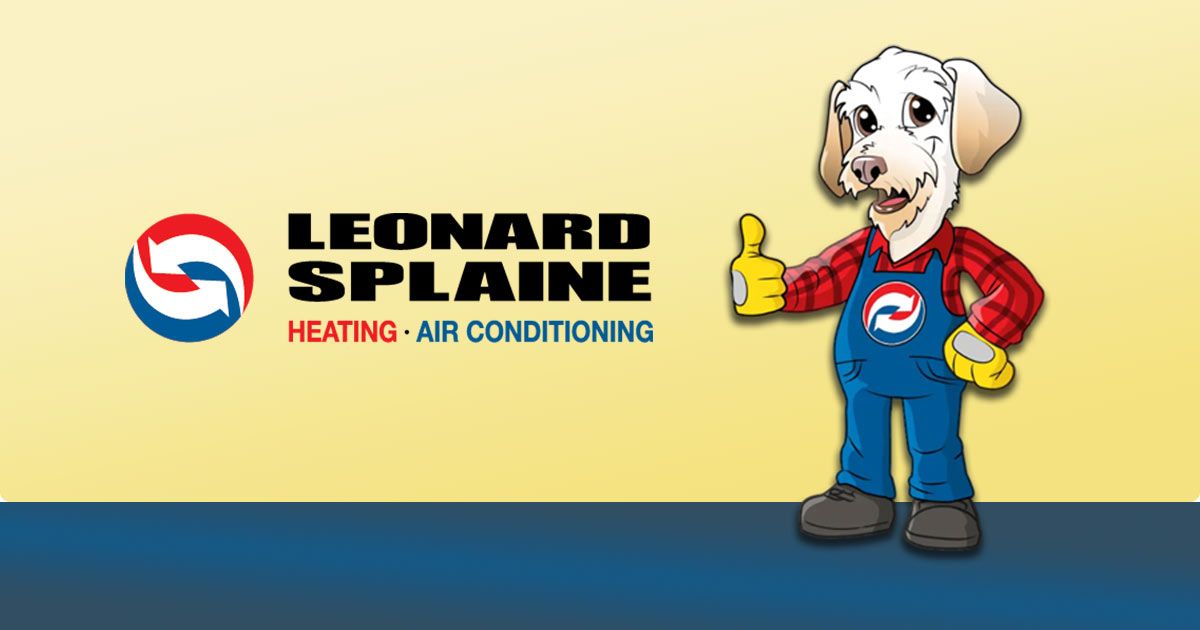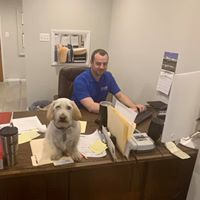Leonard Splaine Indoor Air Pollution


For more information, contact: Ted Leonard
Leonard Splaine
703-494-2855
Release Date: October 2, 2019
Woodbridge, Va – Cold weather is approaching, and that means more time spent indoors. Most people spend 90 percent of their time indoors, and 50 percent of all illnesses are either caused by or aggravated by poor indoor air quality (IAQ), said Ted Leonard General Manager of Leonard Splaine. According to studies conducted by the U.S. Environmental Protection Agency, exposure to air pollutants can be 100 times higher indoors than outdoors.
Indoor air pollutants can be the cause of numerous health-related problems and can cause you to suffer from flu-like symptoms such as headaches, nausea, and respiratory irritation. They can also exacerbate existing illnesses such as allergies and asthma. Recent statistics show that more than 40 million people suffer from asthma and allergies.
Reducing the amount of pollutants in the air is the most effective way to improve indoor air quality. Frequent dusting and vacuuming will reduce the amount of dust and dust mites present in your home. However, not all airborne particles can be swept away, said Leonard. Filtration devices like UV light, air filters, and air purifiers can eliminate particles that are too small to be captured by a vacuum.
Lennox’ Healthy Climate Solutions™ UV light units help decompose contaminants such as bacteria, chemicals, dust mites, animal dander, cat saliva, and mold through a process called photolysis oxidation. When the UV lights are installed in the ductwork of your central air and heat system, they can eliminate most of the organisms in the treated area.
Activated carbon and microbiocide treated filters, like the Healthy Climate PureAir air purification system can also purify your home’s air. Both the carbon and the microbiocide treated filters remove odor and kill bacteria, but the carbon filters are more adept at removing odor, and the microbiocide filters trap bacteria as the air is pulled through, which inhibits biological contaminants from growing.
The efficiency of air filters should be a top consideration as well. Efficiency is measured in terms of the particle size an air filter can capture. The higher the efficiency, the more effective it will be. Look for the filter’s MERV (Minimum Efficiency Reporting Value) number, a new industry standard that rates filters based on their performance. Residential filters typically have a MERV range of 1-16. Higher ratings indicate more efficient filters. Healthy Climate MERV16 filters are the highest rated available and have been rated the #1 professionally installed whole-home filtration system three consecutive times by a leading consumer magazine.
Energy Recovery Ventilators (ERV) and Heat Recovery Ventilators (HRV) replace stale indoor air with fresh outdoor air. The HRV conserves energy from indoor conditioned air, and transfers it to the outdoor air as it is brought into the home to provide ventilation. The ERV does the same thing, but it also maintains the desired humidity levels to keep the house comfortable.
To find out more about how to improve your home’s indoor air quality or about purchasing an air filter, ERV, HRV, or UV light unit, call Leonard Splaine at 703-494-2588. Leonard Splaine has been providing service in the Northern Va area for 63 years.

